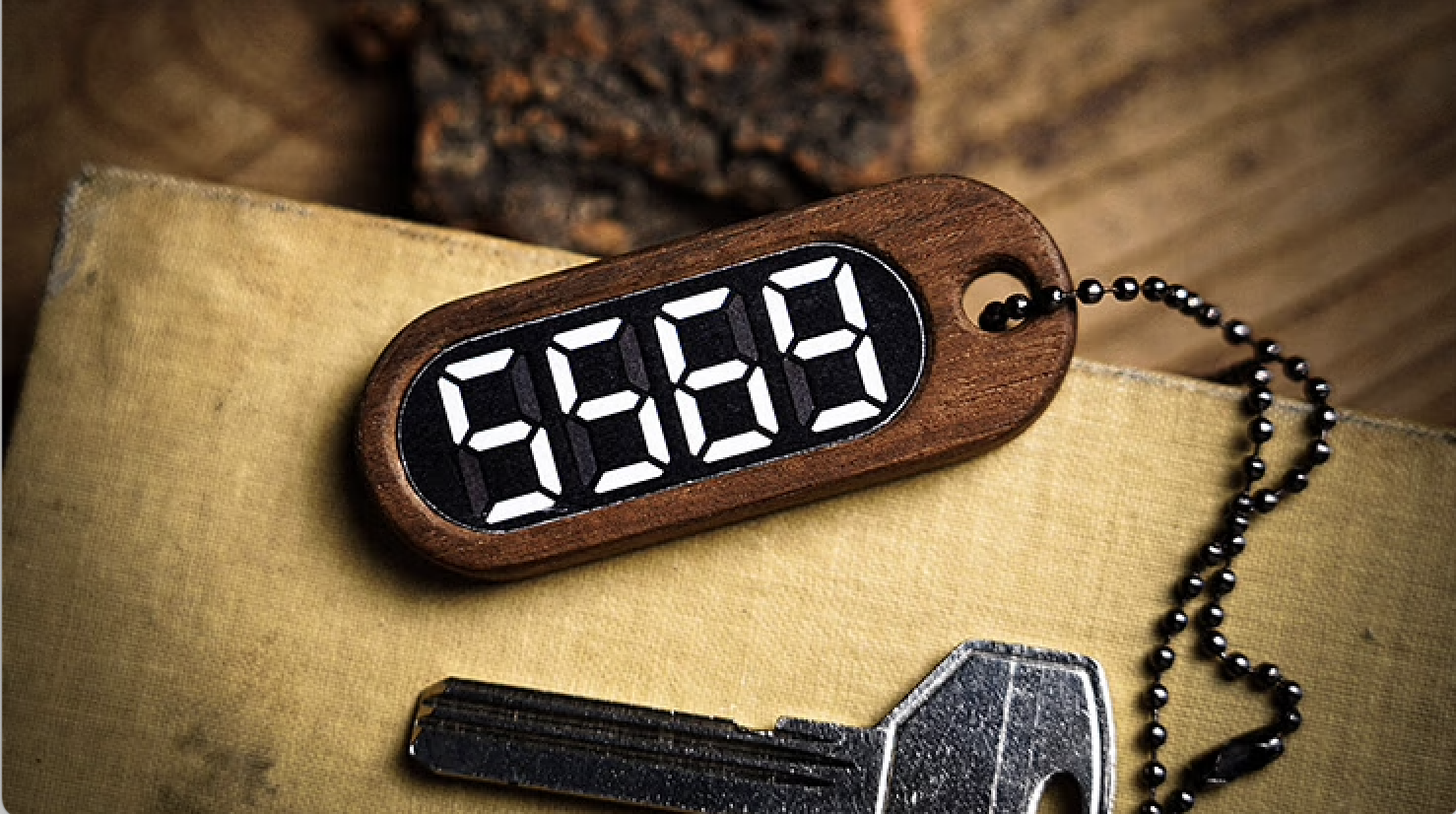Until May...
/This is the final post for April. Catch you all back here on Monday, May 6th.
The next issue of the newsletter comes out on Sunday, May 5th.
Hey, supporters. Remember that thing I wrote you about in last issue of the newsletter? The thing at the end? You have until the end of this month to pick that up if you’re interested.
I had someone mail me something recently and it ended up getting sent back because it was never picked up on our end.
The process to mail me something is to use the address found here. And then to inform me that you’ve sent me something. I don’t handle the PO Box myself (because I don’t live in the immediate area) and I don’t send the guy who does out to check it unless I know something is coming.
So, remember that post I wrote about doing a tournament to determine the worst trick of all time?
Well, I’ve reconsidered for a few reasons.
First, the reason I was considering it in the first place was to prove the maxim “there are no bad tricks, only bad magicians” right or wrong. But the thing is, I think those of us with at least a glimmer of a neuron still firing in our brain already know that that’s bullshit. So it would sort of be a series of wasted posts.
It might still be interesting to determine what the worst trick of all time is. But people’s criteria varies so widely that it would be difficult to really narrow it down in any meaningful way.
But I did collect a number of submissions, and it was sort of interesting to read the reasoning behind those submissions.
So, just for the hell of it, should I post those submissions? Please vote:
I’ll collect the votes over the break and then make a no decision next month. In the meantime, you can still give some submissions. (Without a rationale, I’ll most likely not print them regardless.)
Craig Petty is a polarizing individual in magic. I personally think, whether you like him and his style of magic or not, he provides a valuable service by demonstrating newly released tricks on his youtube channel.
But I also think he might be working himself too hard, or maybe the negativity he receives is getting to him a little. Did you see his latest video? I don’t know how noticeable it is, but it feels like the quality of the content is slipping a little.
See you back here in May.
















